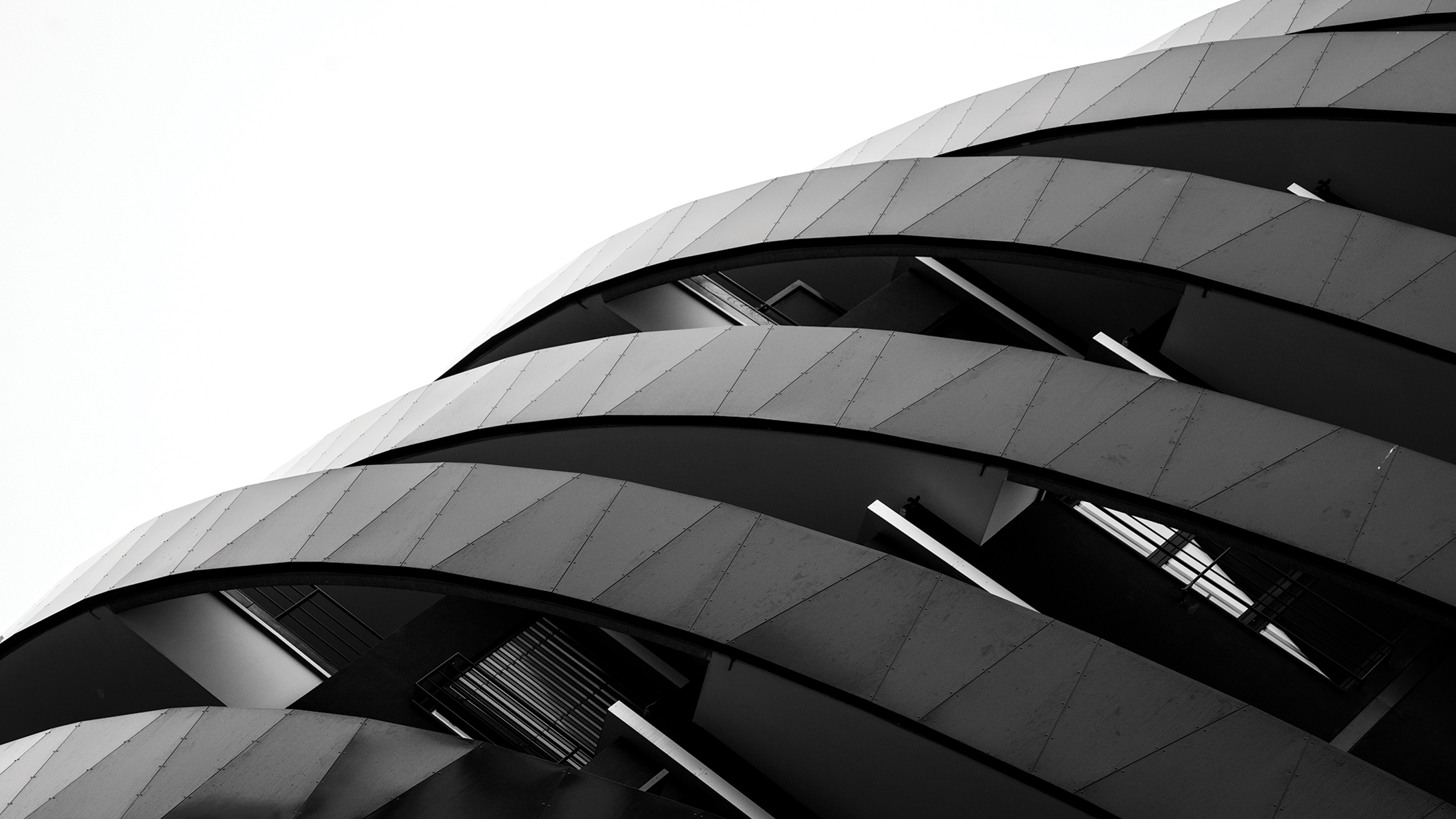The best slow motion cameras in 2025
The best slow motion cameras let you capture all the action in stunning slow-mo
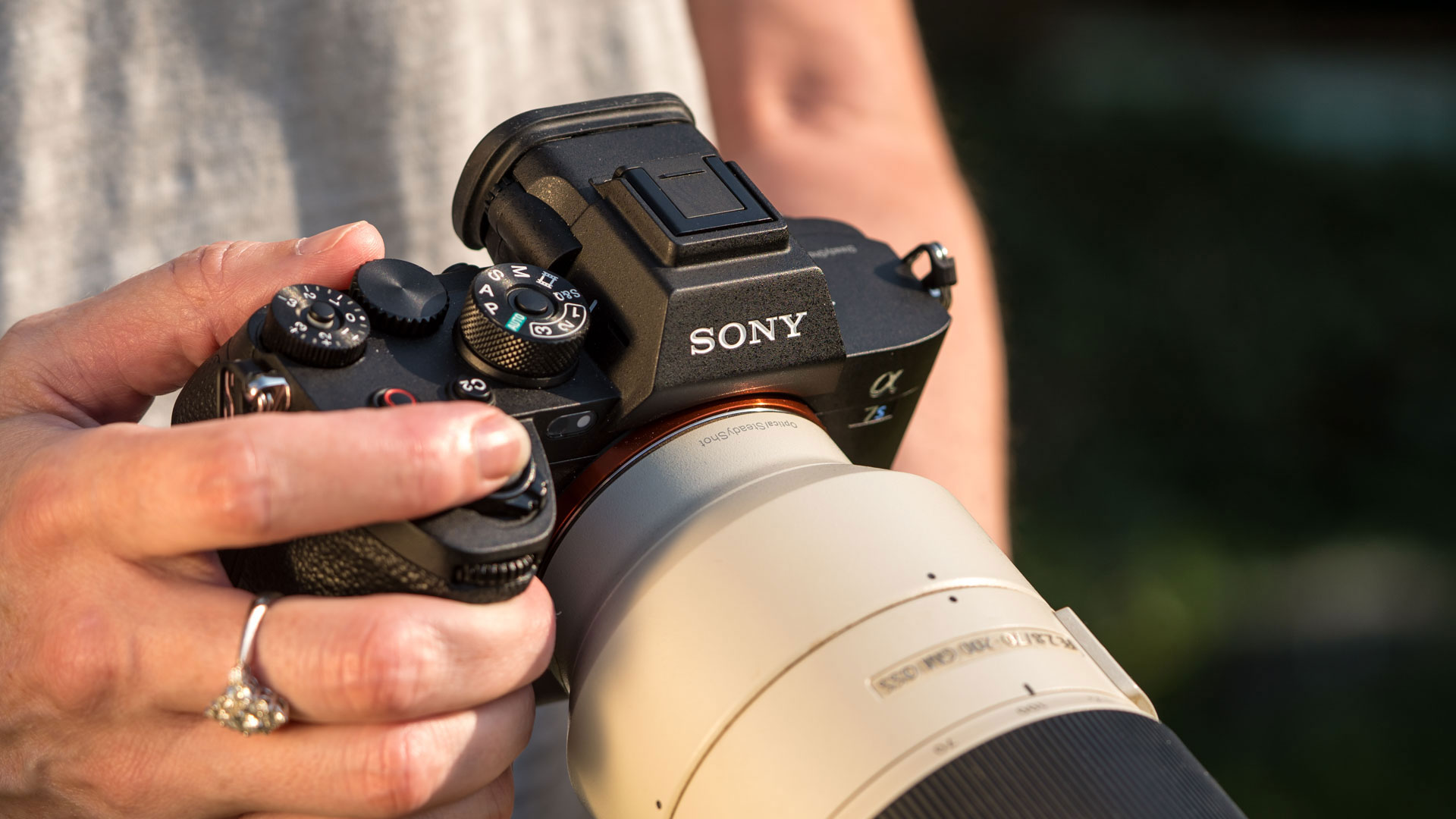
With a top-tier slow-motion camera, you can reduce even the fastest-moving subjects to a near standstill, capturing dynamic, high-detail footage of sports, wildlife, and action scenes. These cameras reveal intricate movements that are otherwise imperceptible to the human eye, making them invaluable tools for videographers seeking to add cinematic flair to their work.
Many consumer cameras and even smartphones now offer slow-motion capabilities or dedicated high-frame-rate modes. Over the years, I’ve enjoyed using the best GoPro cameras for capturing cinematic slow-motion shots during adventures, while filmmaking models like the Panasonic Lumix GH7 have been excellent for expressive wedding videography. Choosing the right slow-motion camera depends on your budget and specific needs, and below, I’ll break down the best options available.
While slow-motion footage can be visually striking, it isn’t suited for every shoot and works best when used selectively. Increasing the frame rate often requires sacrificing video resolution, and fast frame rates demand a significant amount of light to maintain image quality. However, when used in the right circumstances, the best slow-motion cameras are powerful tools for filmmakers and content creators looking to elevate their visuals.
Whether you're aiming for dramatic sports footage, immersive wildlife sequences, or artistic cinematic moments, investing in a capable slow-motion camera can open up new creative possibilities. From professional-grade options to more budget-friendly choices, there’s a model suited for every type of filmmaker.
Scroll down to explore the best slow-motion cameras currently on the market and find the perfect one for your creative projects.
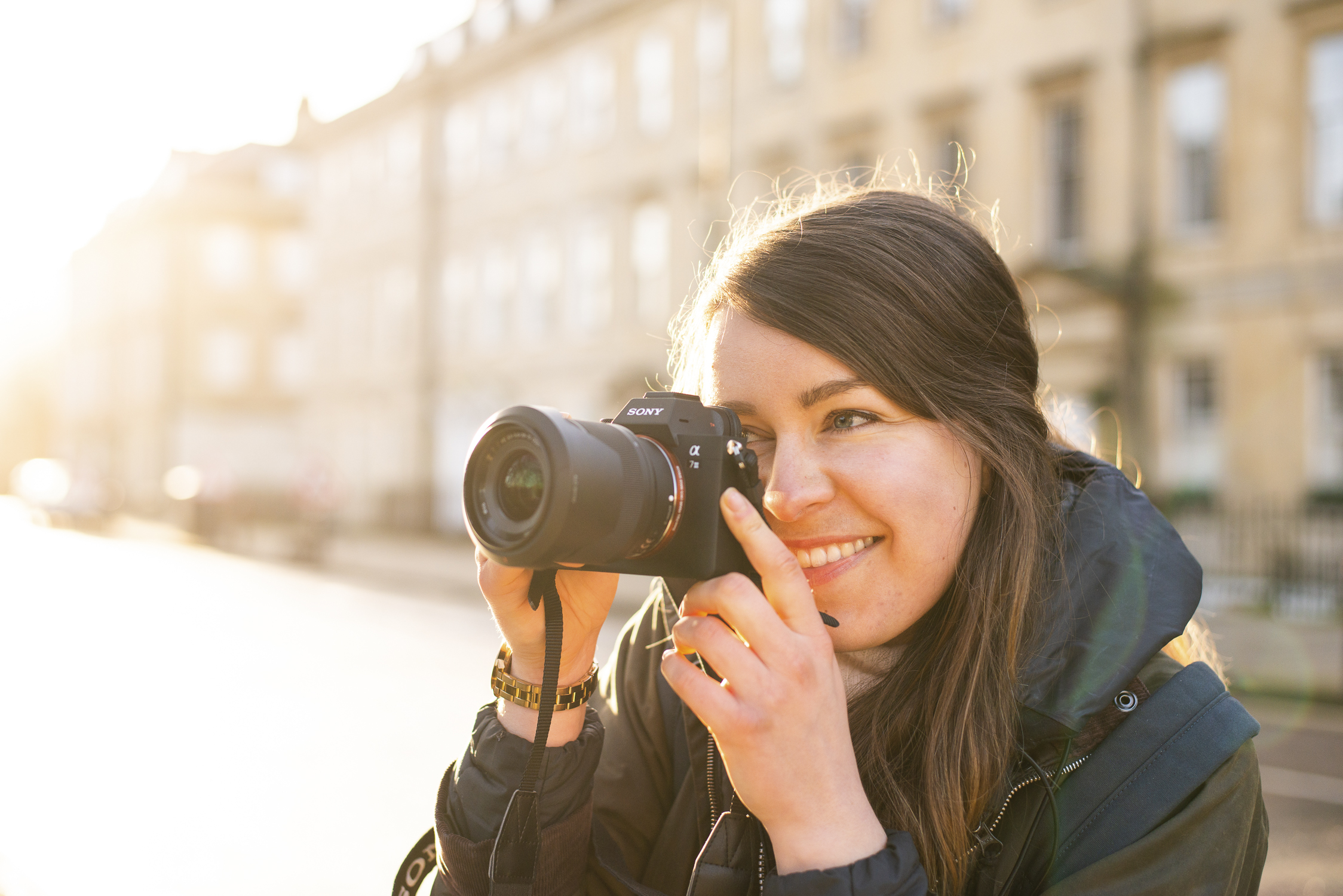
Lauren is a writer, reviewer, and photographer, the former Managing Editor of Digital Camera World, Deputy Editor of our sister publication, Digital Camera Magazine, Editor of Digital Photographer and a features writer for Tech Radar, Canon Europe and Stuff. She's shot with almost all of the slow-motion cameras on this list but mostly uses a GoPro Hero to capture slow-mo footage of her running adventures and dog walks.
The quick list
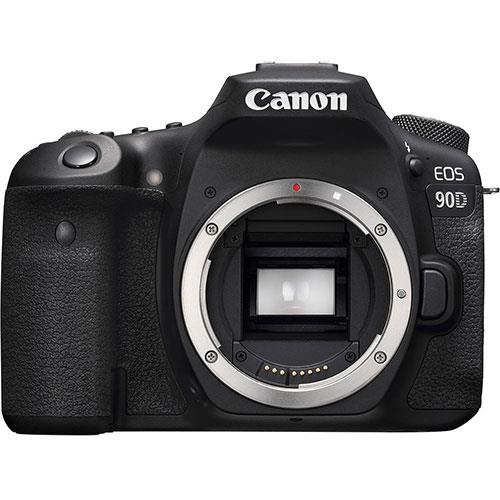
The 90D is a sturdy and versatile APS-C sensor DSLR and a great all-rounder with slow-motion footage as an option. You can capture up to 120fps (in Full HD) and the excellent face and eye tracking works well to produce sharp and clear results.
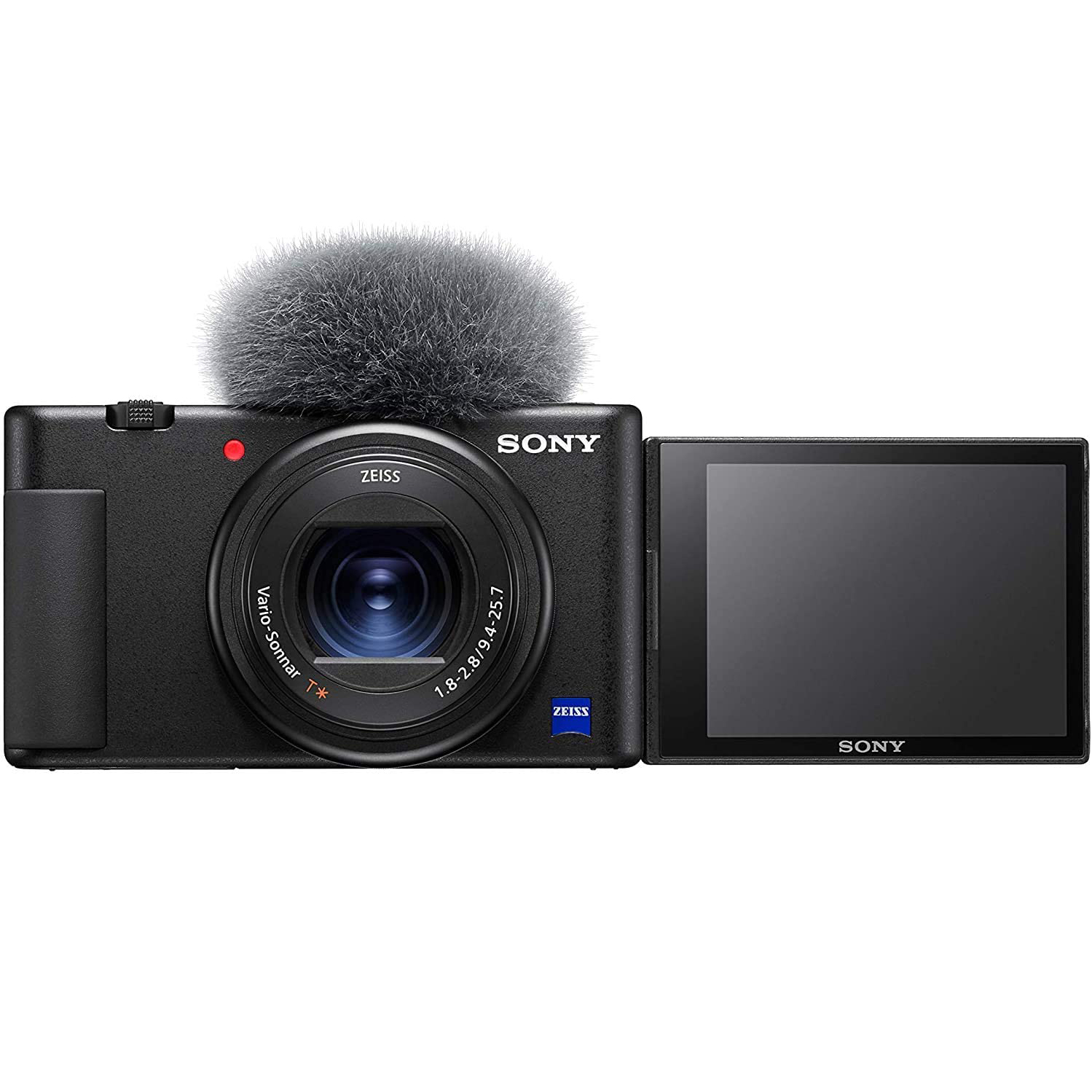
Sony's pocket-friendly vlogging camera is perfect for new content creators, with its pull-out screen, selfie video light, and mic. I love the size of this camera, and as well as a standard slow-mo option of 120fps, there's a super-slow motion setting of 960fps.
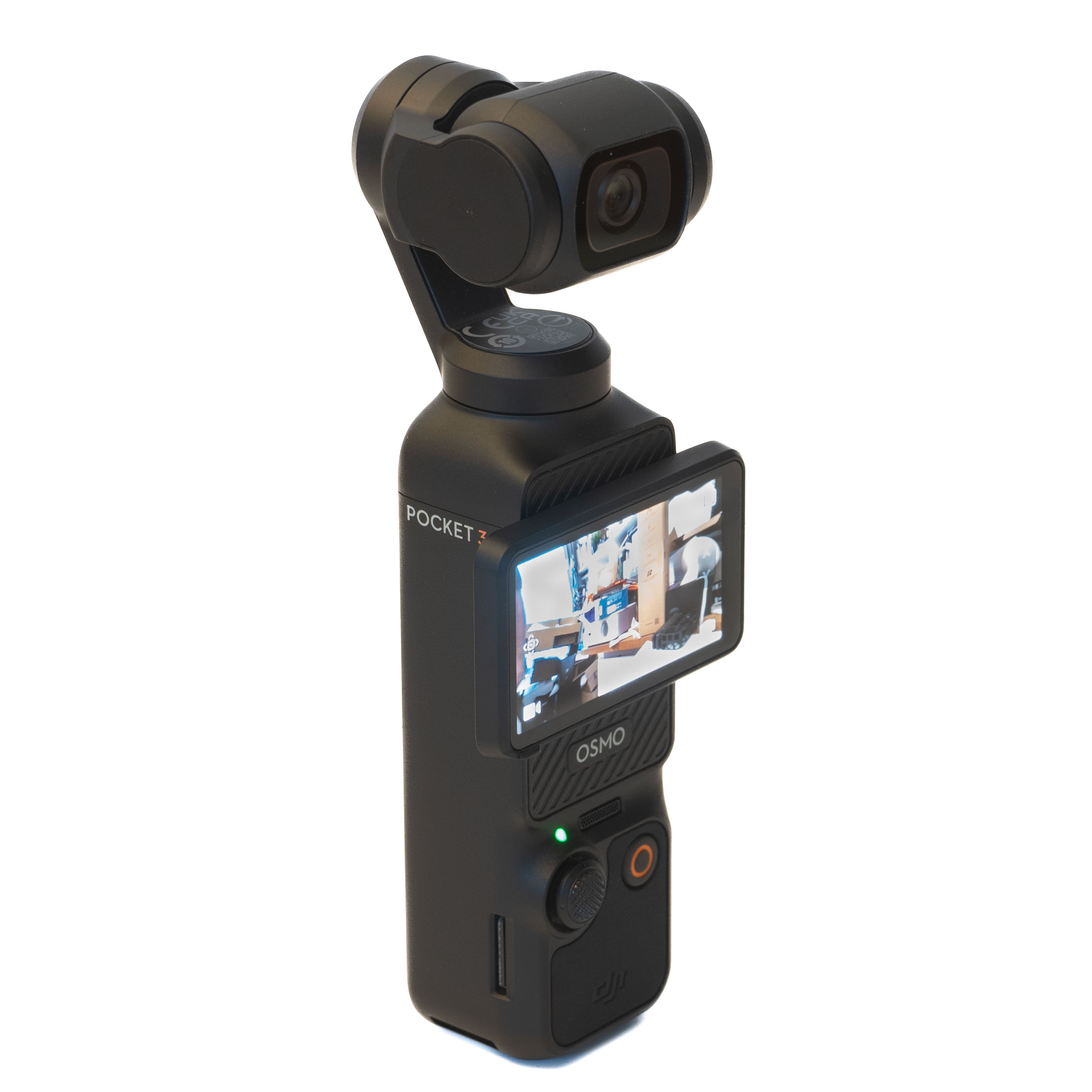
This cute handheld camera is a YouTuber and blogger’s dream, especially if you travel and capture moments on the go. Recording up to 120fps in 4K, its stabilised footage and sophisticated Tracking modes make it a winner for run-and-gun vlogging.
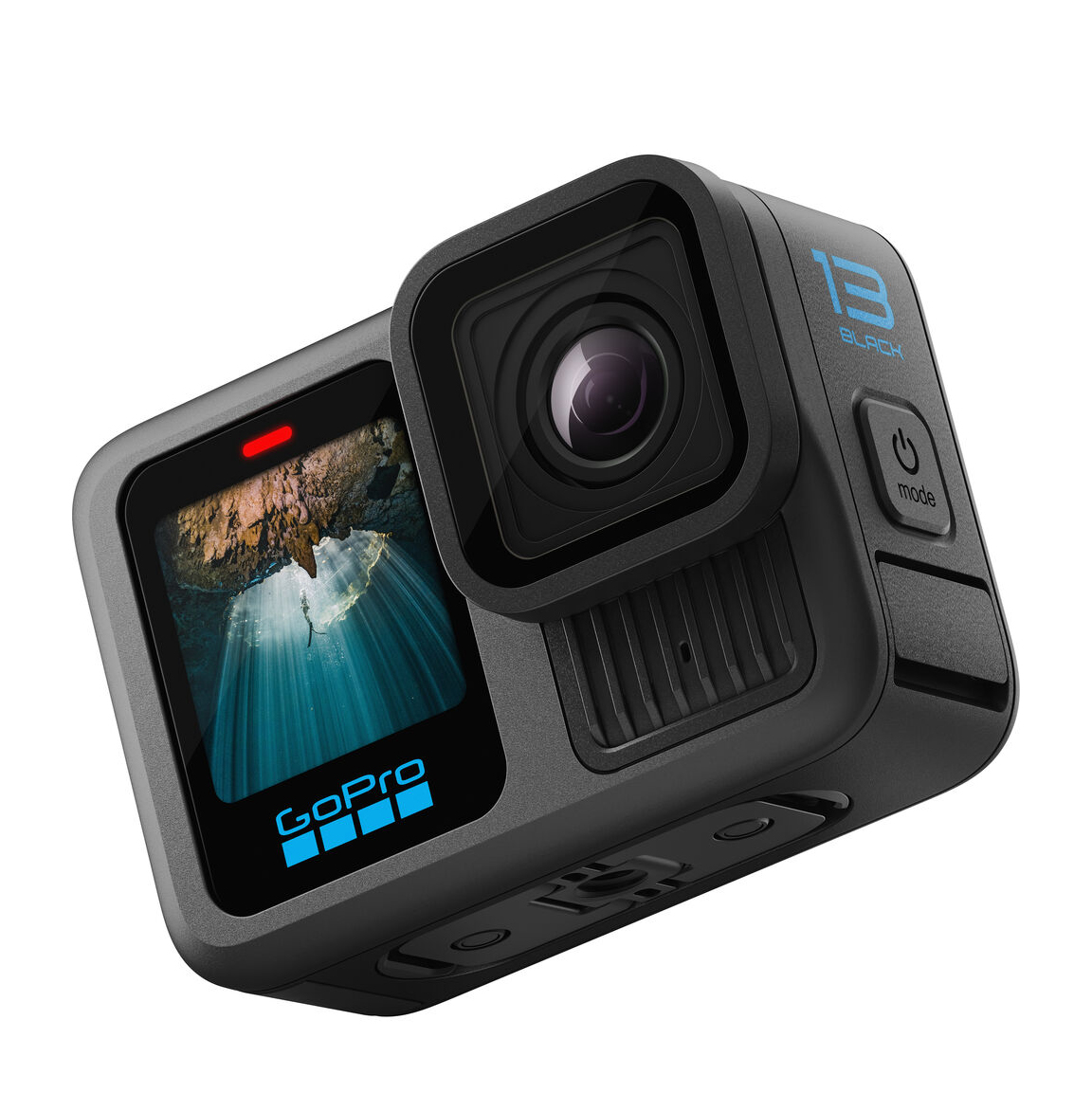
The iconic GoPro had to be on this list. If you shoot sports or action and want blistering speeds in a tiny, rugged case, it's your best shot. This latest iteration adds better-than-ever slow-mo modes, including the option to shoot at an incredible 400fps!
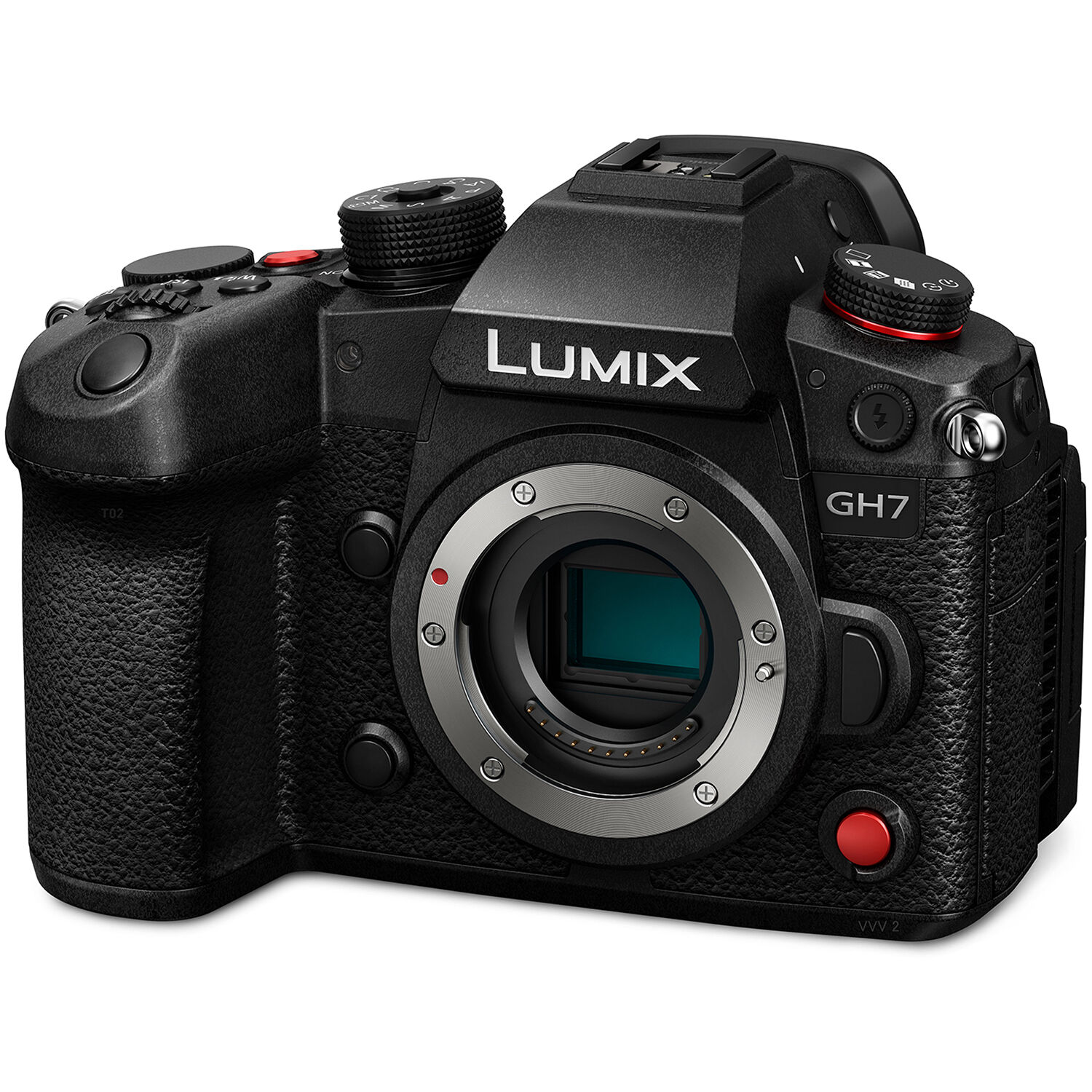
The Lumix GH7 isn't full-frame, but that doesn't stop it being the best choice for serious filmmakers. You get 300fps in Full HD or 120fps at 4K, and this pairs beautifully with the new phase-detection autofocus system that makes the camera feel properly modern.
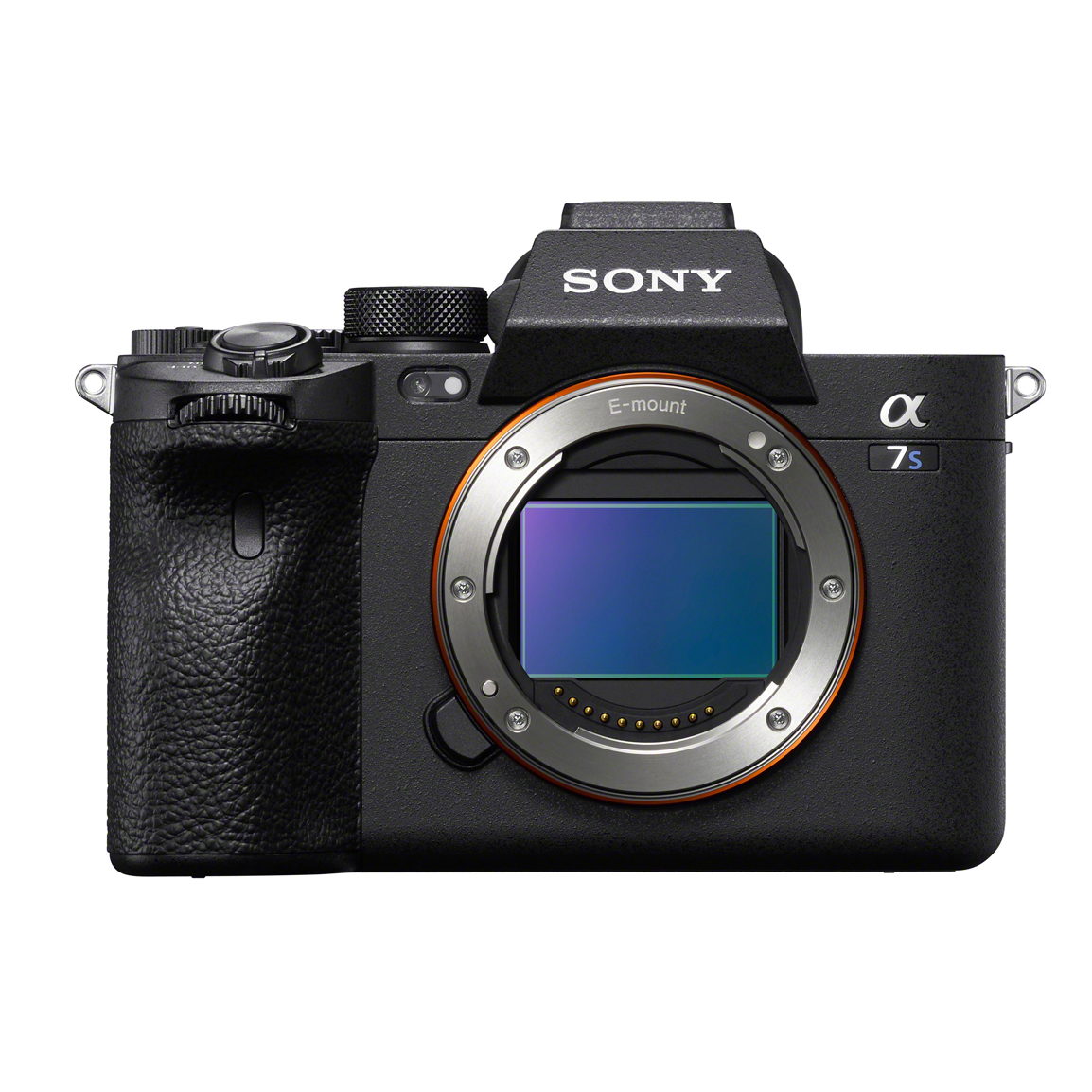
If you're a pro videographer or YouTuber the A7S III should fit your needs perfectly. The 12MP sensor is small by modern standards, but it's designed to work exceptionally in low light. Add 120fps at 4K with full AF, and you have a solid package.
View the full list ⇩

Want a smartphone camera that can keep up? Samsung's S23 Ultra isn't the newest model, but it offers dedicated slow and sup-slow mo modes, alongside a host of manual and automated photography features for creative shooting.
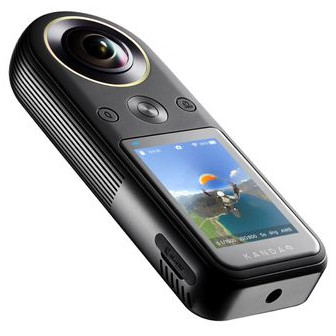
This unique 360-degree will have niche appeal, but it's ideal if you want a way to capture your surroundings in slow-mo. Like most on this list, you get 4K at up to 120fps. I think content creators will love the effects they get if they can ignore the steep price.
Best slow motion camera
Why you can trust Digital Camera World
Best slow motion DSLR
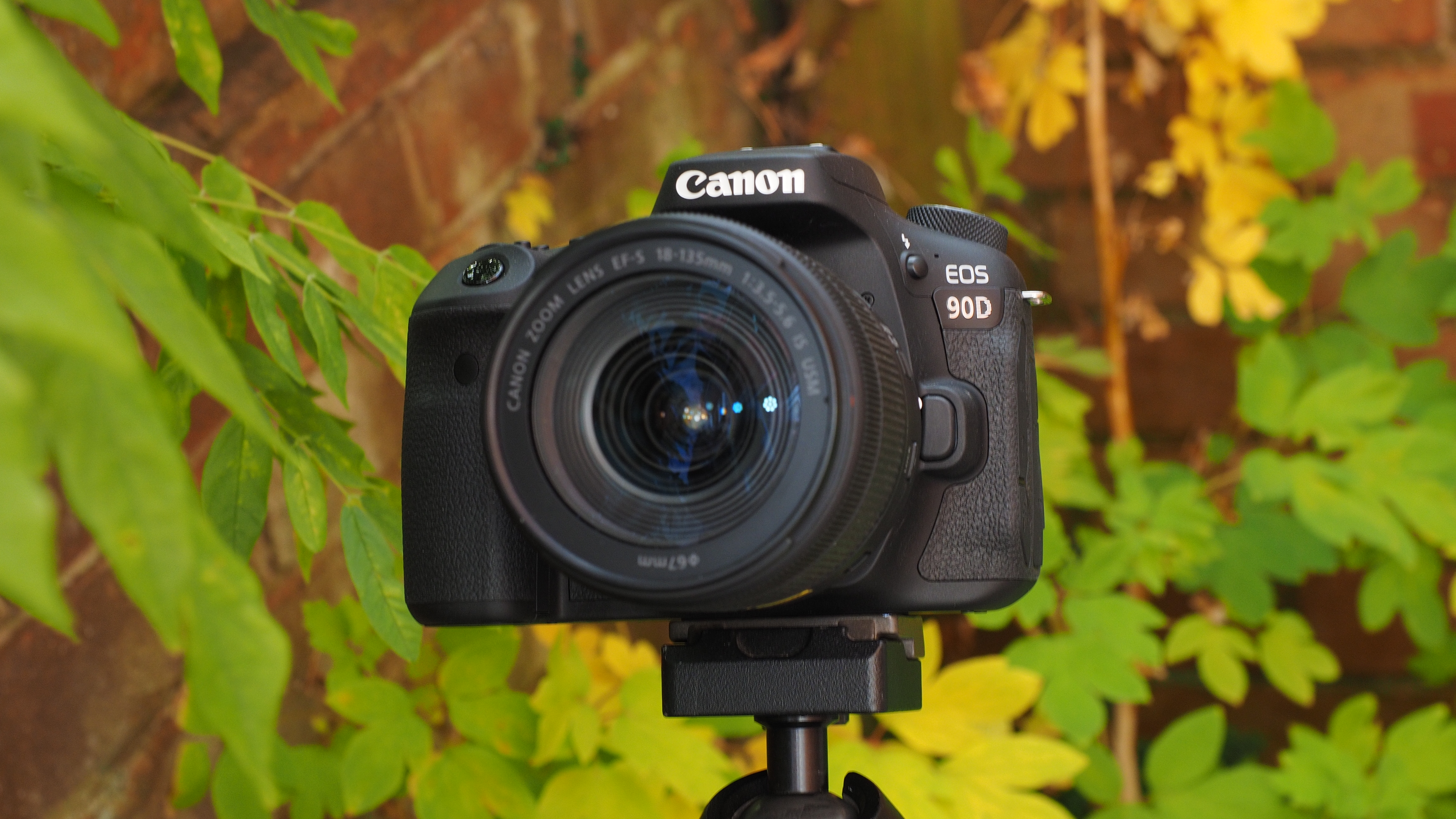
1. Canon EOS 90D
Our expert review:
Specifications
Reasons to buy
Reasons to avoid
✅ You like the DSLR format: There's a solid grip for handholding the camera and the battery life is impressive.
✅ You want an optical viewfinder: As a DSLR, this is the only camera on the list with a traditional viewfinder.
❌ You want something compact: The 90D's chunky build isn't the right fit if you want a pocket-friendly camera.
❌ You shoot a lot in low light: With its cropped sensor size, the 90D won't perform as well as a full-frame camera at higher ISOs.

The flexible and affordable Canon EOS 90D is a brilliant all-rounder if you like to shoot a bit of everything, including slow motion. It combines mirrorless video features and live view autofocus with classic DSLR handling to give you a well-built camera with good battery life, plus a vari-angle touchscreen for creative compositions and vertical shooting. Our reviewer said that “everything about the EOS 90D’s operation feels honed to perfection.” While they did note that the single memory card slot could be a dealbreaker for advancers users.
There’s 4K recording with the full width of the sensor, and you’ll be able to capture up to 120fps (in Full HD) slow-motion footage – with excellent face and eye tracking working well to produce sharp and clear results. Several cameras in Canon’s lineup are limited to 720p for 120fps shooting, so the 90D is the one to look towards if it’s something you’re particularly interested in, especially if you’re keen to take advantage of the more extensive range of Canon lenses that are available for EF mount DSLRs.
While some of the cameras in this list are video-focused, the 90D’s 32.5-megapixel resolution puts it squarely in the hybrid camp. The APS-C sensor effectively gives lenses 1.6x reach compared to a full-frame, and that’s great if you capture wildlife or sports and want to get more reach. But it’s slightly limiting in low light, and our review found that you can only push the camera to ISO1600 before you start to lose textured detail.
Still, with a headphone and mic jack, optical viewfinder, and uncropped 4K for a sensible price, the EOS 90 is a versatile tool for creating lots of different types of shots, using slow-mo when appropriate.
Read our full Canon EOS 90D review
Best slow motion camera for vlogging
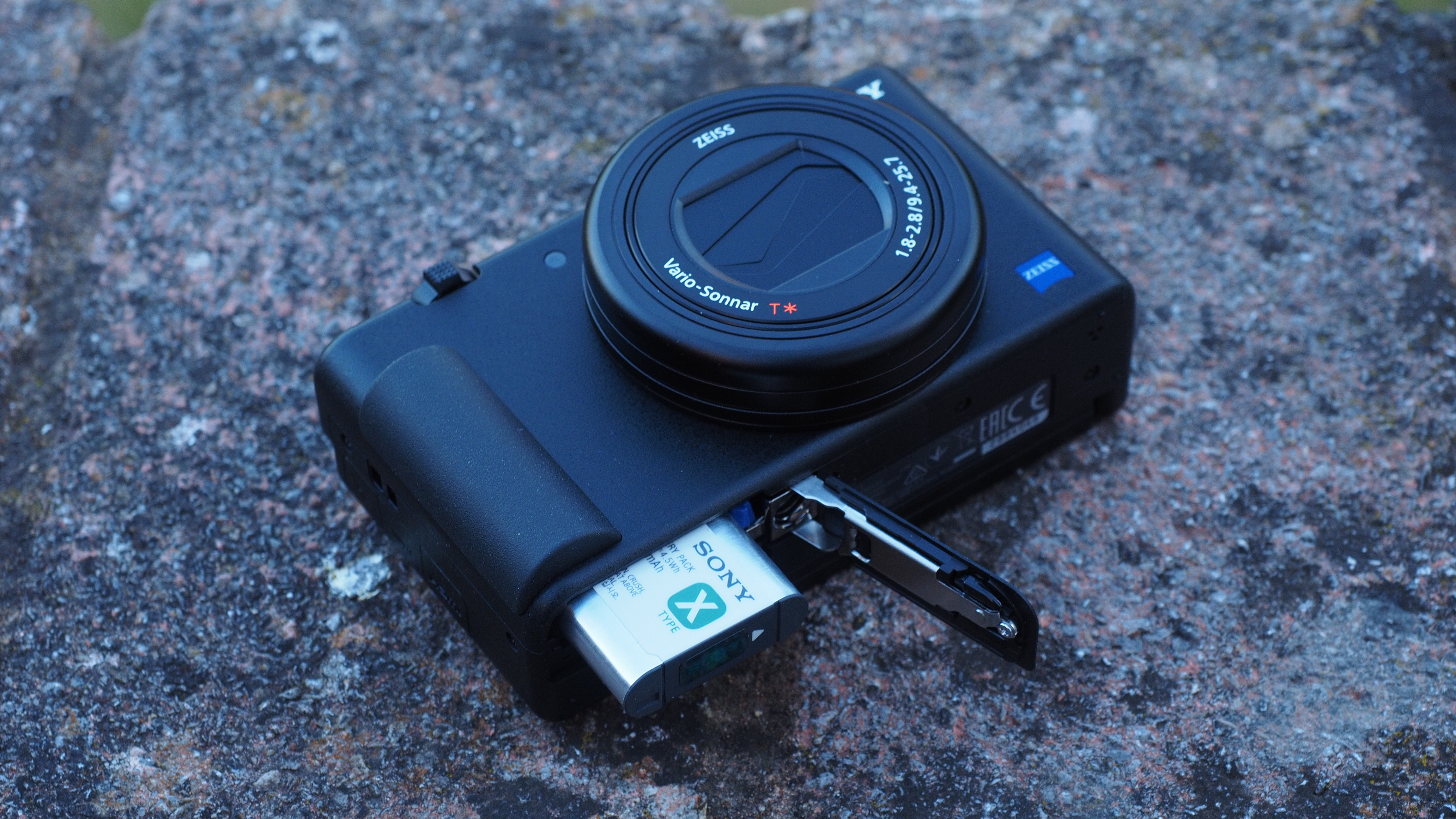
2. Sony ZV-1
Our expert review:
Specifications
Reasons to buy
Reasons to avoid
✅ You travel a lot: Small but somewhat mighty, the ZV-1's design is slim and portable for on-the-go content.
✅ You're a beginner: This point-and-shoot is easy to use, with few manual controls on the body.
❌ Battery life is important: The ZV-1 drains quickly (especially in slow-mo) and you'll need spares for longer shoots.
❌ You want to change lenses: You're stuck with the built-in lens, which might limit what you can shoot beyond wide-angle vlogging.
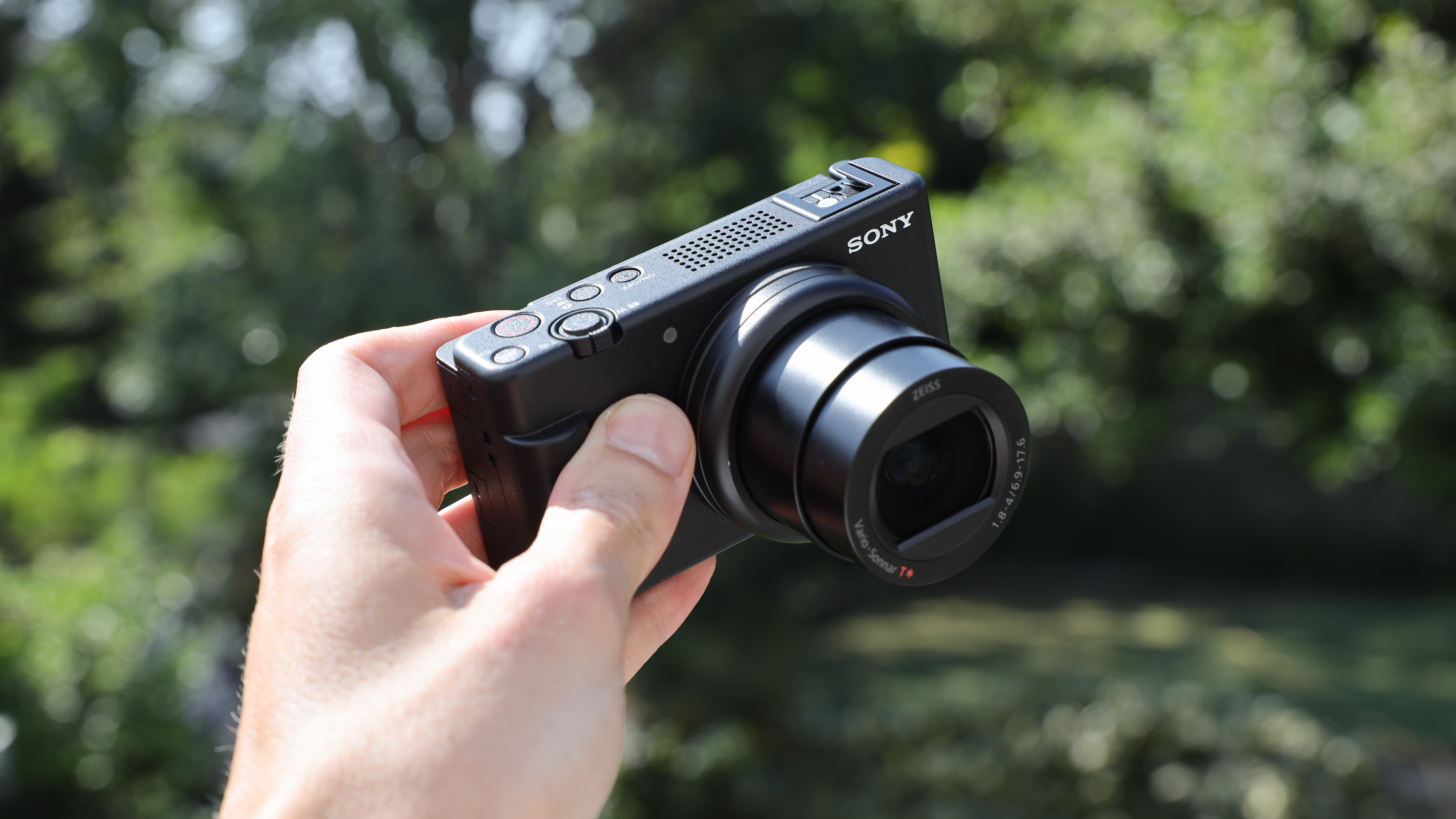
The Sony ZV-1 came out in 2020 as part of the company’s vlogging lineup for YouTubers. It’s no surprise then, that it comes with a range of features specifically for video and content creation. Take the flip-out screen, which is especially good for vertical video, the built-in mic, hot shoe and 3.5mm port, and the bright fixed wide-angle lens (a 24-70mm equivalent f/1.8-2.8 zoom). I was skeptical of the ZV-1 before using it, but won over by its compact size, 4K video, and advanced autofocus and subject detection. That’s why I think it deserves a place on this list over the second-gen Sony ZV-II, which isn’t enough of an upgrade to recommend.
As well as relatively standard slow-mo options, such as 120fps, you also get a super-slow motion setting that records at 960fps. With this, you can slow down the action for the most dramatic results possible. Sony’s made a few odd decisions here, like a vari-angle screen you can’t use with full touch control for self-shooting. There’s no viewfinder, no flash, and no mode dial, but photographers can get to shooting modes with the Mode Button instead. Our reviewer found that colors were rich and natural for stills, and although the 1-inch sensor is smaller than in DSLRs and mirrorless cameras, it can offer enough focus fall-off to give a sense of depth.
The Sony ZV-1 is designed purely with vloggers in mind, and the body and controls are optimized perfectly for that purpose. Having the slow-mo options available helps you to inject some interesting extra shots into your footage while being a great all-rounder for the rest of your recordings. Small, affordable, and portable, the Z-V1 lets you slow down your footage but speed up your creation game.
Read our full Sony ZV-1 review
Best slow motion camera for travel
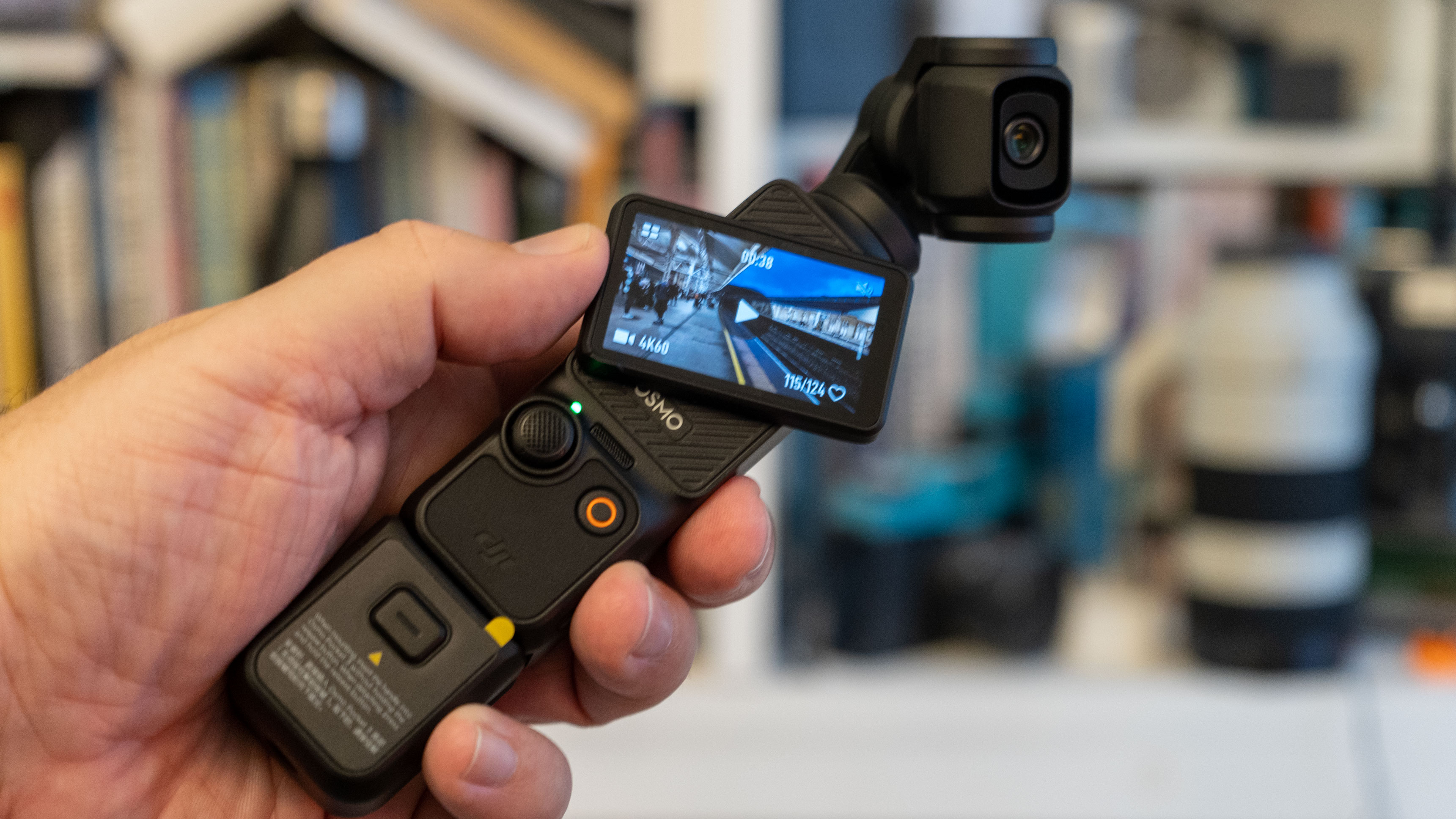
Specifications
Reasons to buy
Reasons to avoid
✅ You talk and walk: The brilliant stabilization and unique handheld design make it ideal for solo videographers who vlog while moving.
✅ You want 4K slow-mo: The Osmo Pocket 3 can use its maximum video resolution and shoot at 120fps.
❌ You want a true hybrid: It's not great for stills because of the small sensor and 9MP resolution.
❌ You work in water: While it often gets lumped in with action cameras, the Osmo Pocket 3 doesn't have a GoPro's waterproofing.
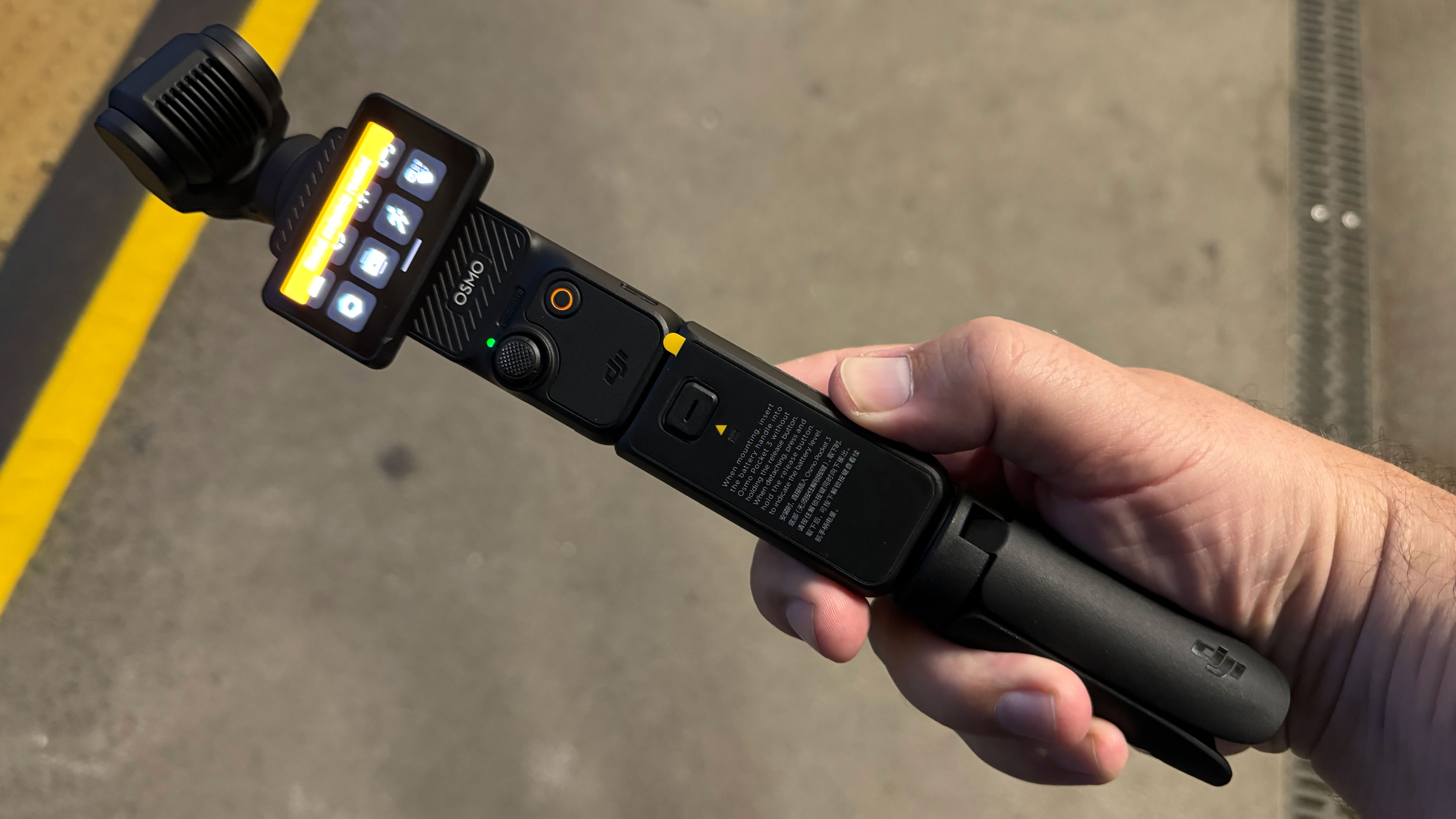
The latest in DJI's Pocket series, the Osmo Pocket 3 is once again a winning vlogging camera with a built-in gimbal that makes capturing super-smooth footage on the move trivially easy. Given its (almost) pocketable size, this camera is a YouTuber and vlogger’s dream, especially for traveling and capturing moments on the go. But does it offer more than you could get from an advanced smartphone like the Samsung Galaxy S23 Ultra below? Sort of.
Slow-motion has been improved significantly compared to the previous Pocket 2, making this the best of the series to buy for our purposes, despite the price hike. You've got the option to shoot in Full HD at up to 240fps in the dedicated slow-mo mode, but if you want to keep the resolution high, 4K and 2.7K can both be captured at a still-slow 120fps.
The stabilization is also brilliant and has been since the series' inception. It's also much easier to shoot in portrait mode, which is great for social media, thanks to the new rotating 2-inch touchscreen. The Subject Tracking works well, and there's also the option to record in 10-bit D-Log if you want to get serious with your colour grading.
The upped sensor size has come with significant improvements in low-light performance, and our reviewer was impressed by the tonal range of the imagery produced by the Osmo Pocket 3. It's quite a specialised tool, with low stills resolution that gives it limited appeal to hybrid shooters, but if the Osmo Pocket 3 suits your style of shooting, it's an excellent purchase.
Read our full DJI Osmo Pocket 3 review
Best slow motion action camera
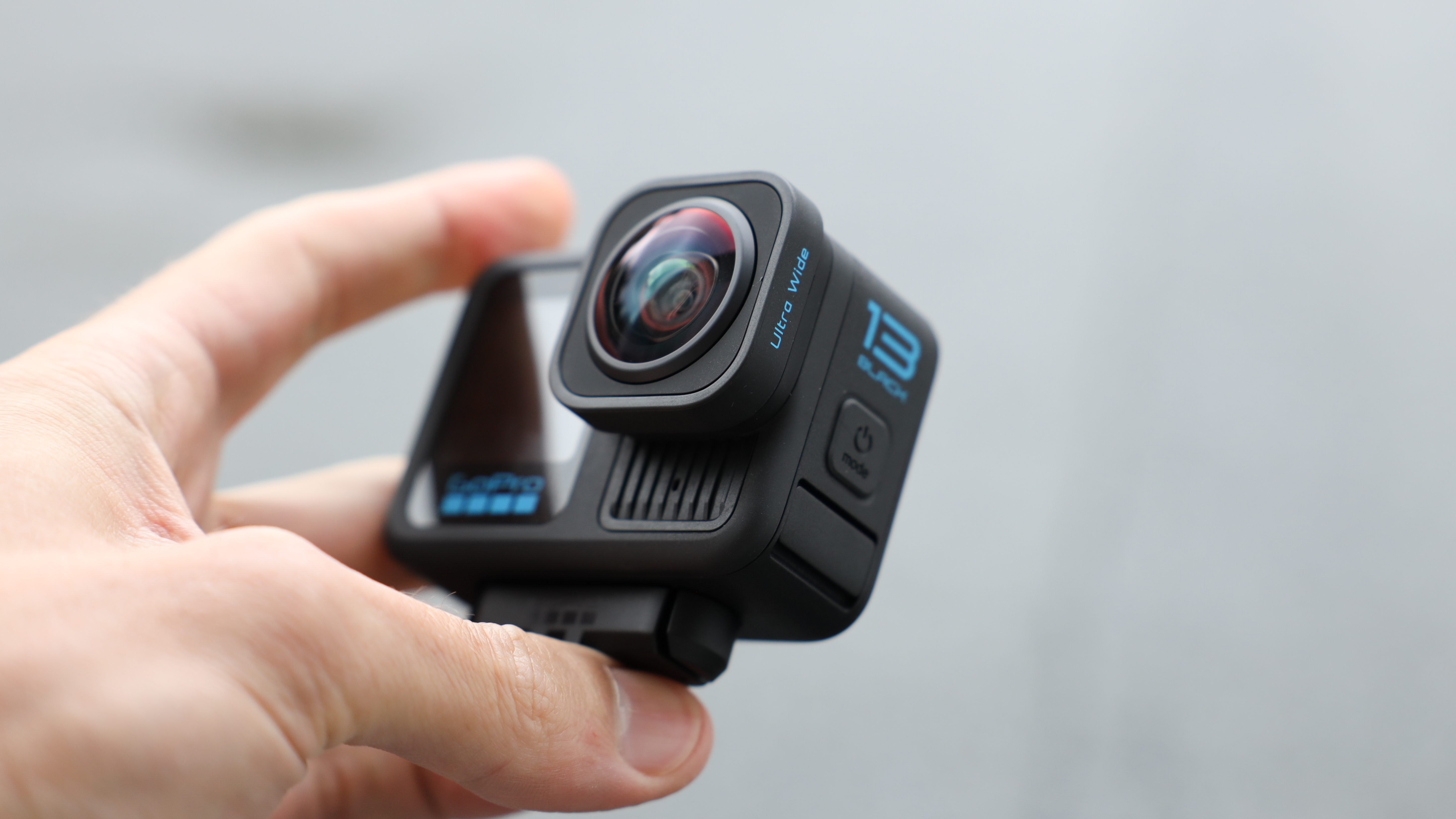

Specifications
Reasons to buy
Reasons to avoid
✅ You want a rugged build: With waterproofing up to 33 feet (10 meters), you can take this GoPro into rain and waves without trouble.
✅ You want super slow-mo: New burst modes on the HERO Black offer incredibly fast burst rates – up to 400fps if you drop the video resolution to 720p.
❌ You want to shoot in low light: GoPro cameras have smaller sensors that struggle in dim conditions.
❌ Size isn't important: Bigger cameras could provide better image quality if you're happy to carry them.

For quite some time I had kept the HERO11 Black on this list, as while the HERO12 Black had made a few improvments, slow-motion wasn't among them and it meant the cheaper camera was a sounder bet. However, for the 2024 HERO13 Black, GoPro added a raft of slow-mo-friendly features that put this model firmly at the top of the pile, not just in terms of slow-motion GoPros, but slow-motion action cameras, period.
The new video mode is called Burst Slo-Mo and it is, frankly, ridiculous. It allows you to capture clips of a very short duration (between five and fifteen seconds) at extremely high frame rates. Using the camera's maximum video resolution of 5.3K, you can capture footage at a rate of 120fps, which is certainly not bad. However, drop the resolution to 900p (a little below Full HD) and this climbs to 300fps.
Drop the resolution to a still-respectable HD 720p, and you can capture footage at an incredible 400fps. In playback, it is so, so slow, and it works seamlessly with the built-in stabilisation to deliver spectacular slow-mo shots. In practice, our reviewer found himself reaching most often for the full-res 5.3K option, but having all three in your back pocket gives you tremendous versatility.
Elsewhere, this waterproof, pocketable camera is pretty standard fare for GoPro – a waterproof pocket wonder that produces great footage. The major new addition this time around is the introduction of modular lenses – these are very cool in use, though actually getting them will cause the cost of your setup to quickly start spiralling.
Read our full GoPro HERO13 Black review
Best slow motion camera for filmmakers
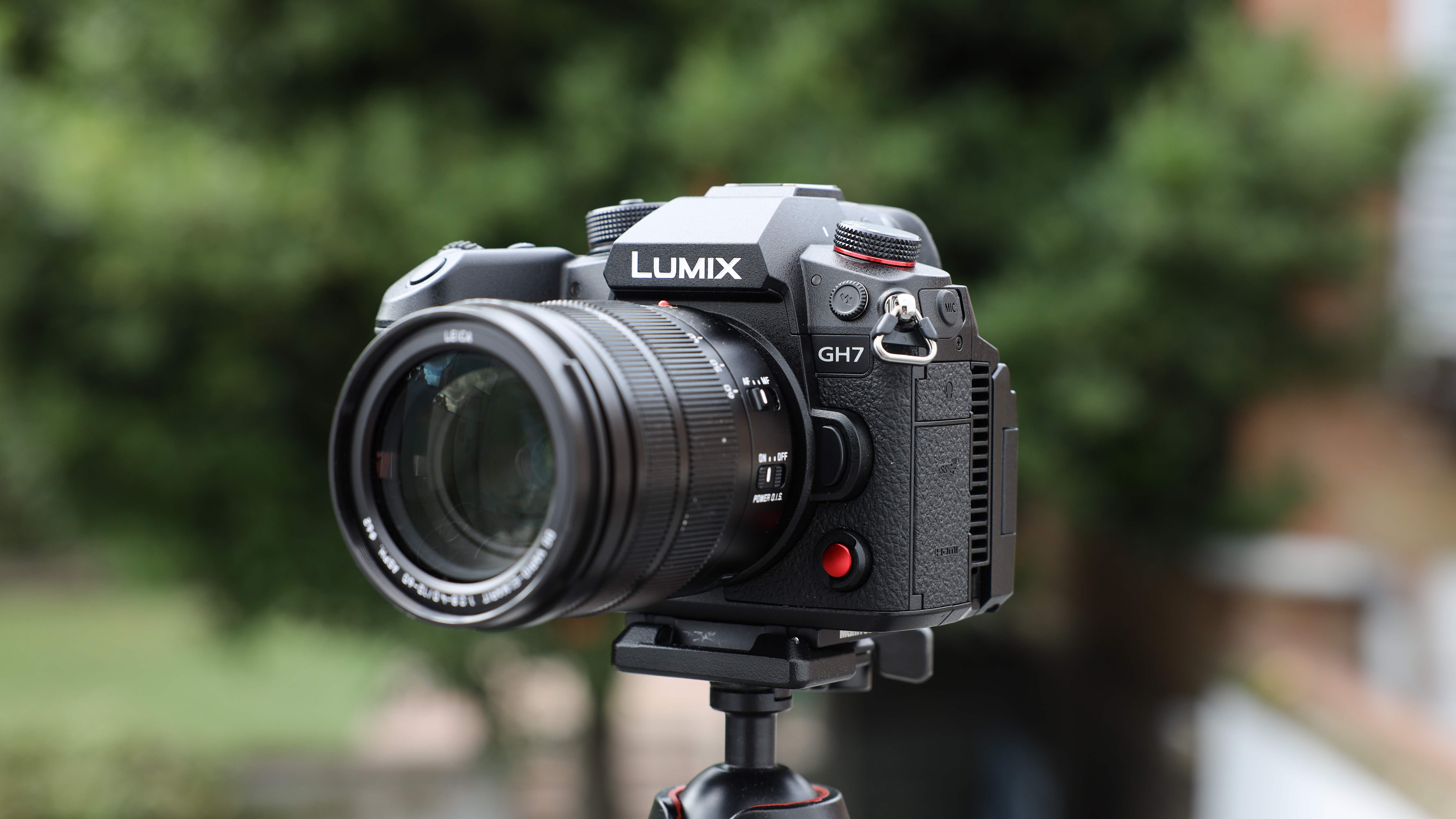
Specifications
Reasons to buy
Reasons to avoid
✅ You're an advanced user: This is a cinema camera for pros, and the dedicated buttons and modes reflect that.
✅ You want fast focusing: The GH7 boasts a splendid phase-detection autofocus system – a big upgrade from the GH6.
❌ You want something small: Even though it's Micro Four Thirds, this is a pretty chunky camera to wield (largely due to the cooling fan).
❌ You want full-frame: If you're a pro you might find the Micro Four Thirds sensor outdated.
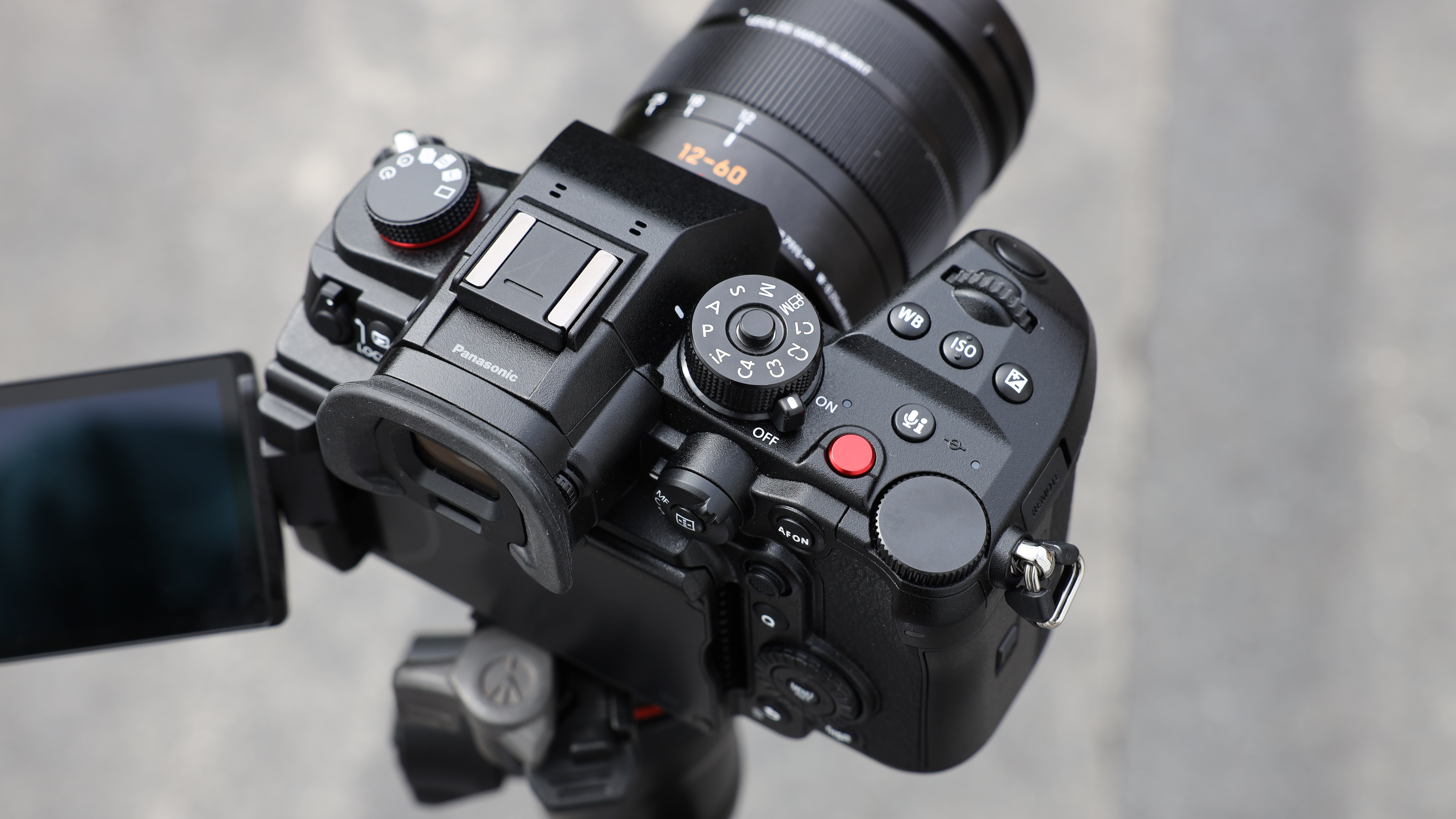
The Panasonic Lumix GH7 is a camera for those who are already serious about video – or want a tool to help them get serious. Popular with independent filmmakers and creatives, it gives you an incredibly comprehensive amount of high-quality recording formats, including internal ProRes RAW HQ at 5.7K 30p, as well as a host of others. As our reviewer Jon said, "If it's a format and frame rate that is possible, then it is probably on the GH7."
This camera's slow-motion credentials are assured. The Lumix GH7 can shoot in 4K resolution at up to 120fps in 10-bit, and if you drop the resolution down to Full HD it'll shoot at up to 300fps, again in 10-bit. It sports a fully articulated and tilting 3.0-inch monitor for reaching creative compositions or pieces to camera, and cine-camera features like a sub-video record button, audio management button and forced-cooling open fan mechanism, meaning that recording times are limited only by your storage media and your battery.
The big upgrade to the Lumix GH7, and one that makes it indisputably the better buy over the previous GH6, is the phase-detection autofocus system, which Panasonic has finally been adding to its Lumix G cameras. Fast when you need it to be, and tenaciously sticky on your chosen subjects, it makes a huge difference to the ease and smoothness of shooting video and stills alike.
With a staggering suite of video options and codecs, the Panasonic Lumix GH7 is one of the most comprehensive consumer video cameras that videographers can buy. It's not a cheap camera (but it is fantastic value for what you get) and for many users, it might be more tech than you need. However, the Lumix GH7 is an outstanding slow-motion camera for filmmakers looking for quality and versatility.
Read our full Panasonic Lumix GH7 review
Best full-frame slow motion camera
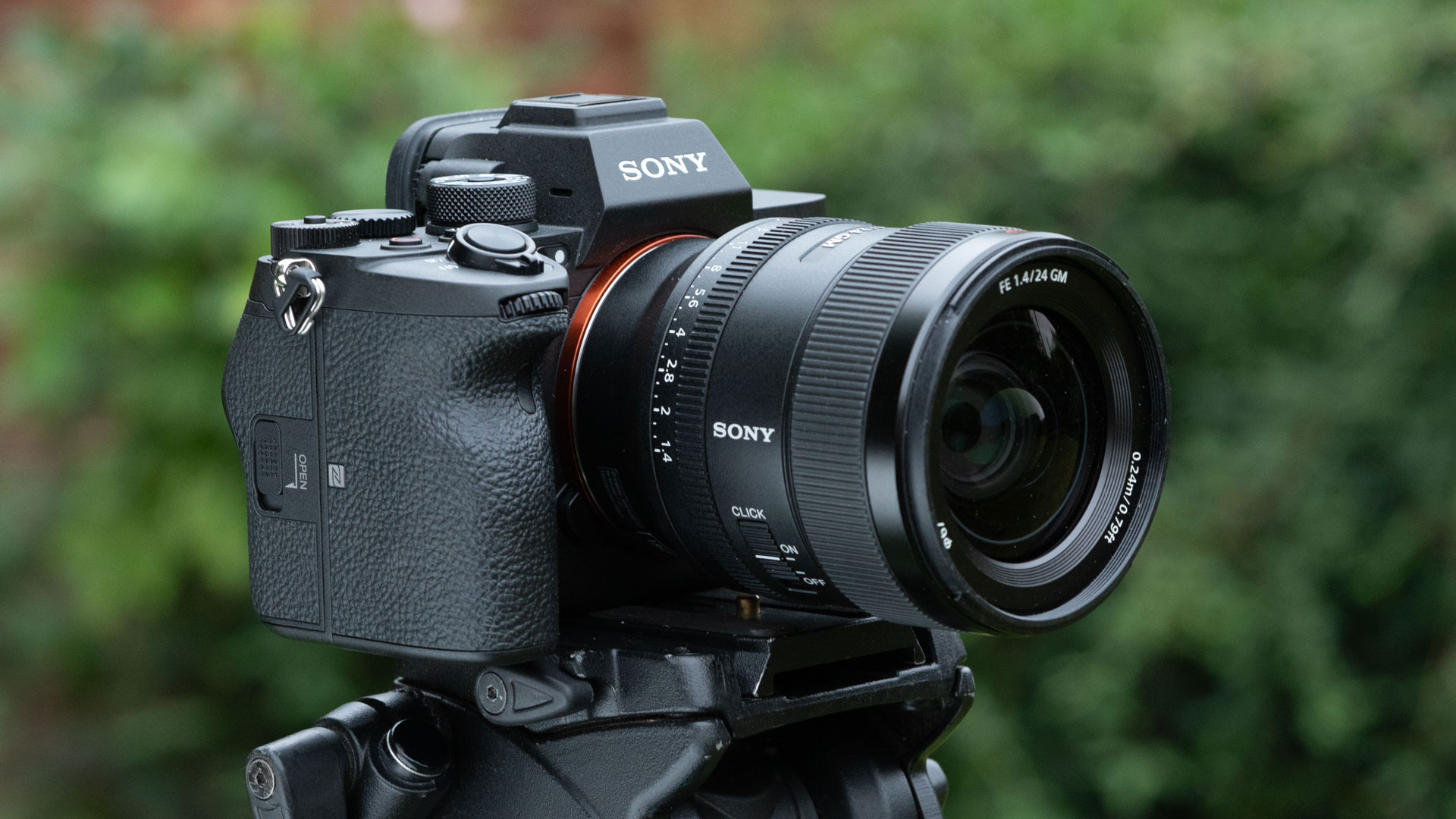
6. Sony A7S III
Our expert review:
Specifications
Reasons to buy
Reasons to avoid
✅ You mainly shoot video: You won't be able to crop in or make big prints from the 12MP resolution sensor.
✅ You want comfortable ergonomics: The GH6's magnesium alloy frame is dust and splash-resistant.
❌ You're looking for value: The A7S III is priced for advanced creators and is very expensive before you even consider lenses.
❌ You want 120p 4K Raw output: The A7S III gives you cropped UHD 4K footage at up to 120p, but not in Raw mode.
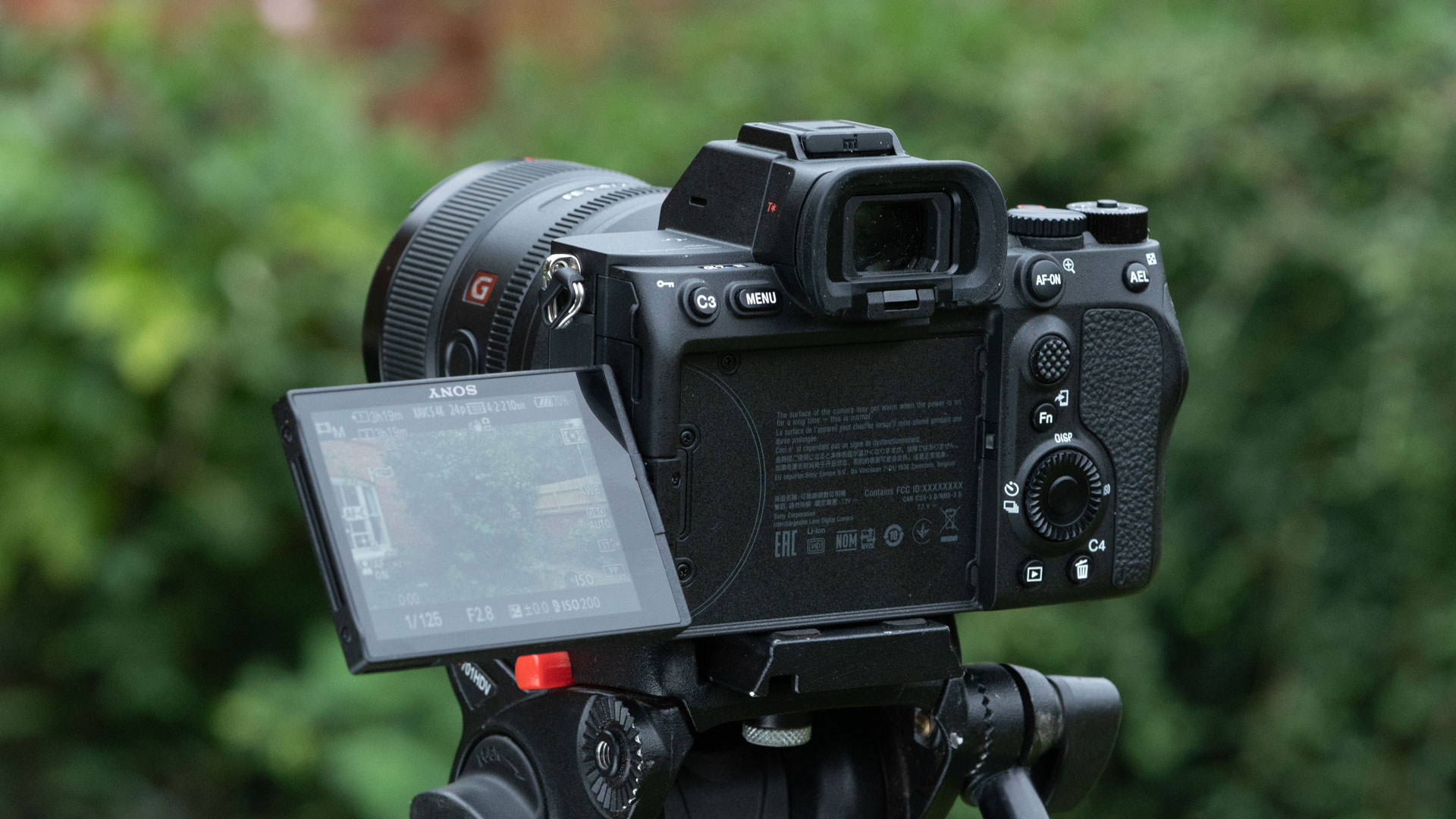
The Sony A7S III is the third model in Sony’s most video-centric series of full-frame cameras, and like the GH6 above, it’s another top option if you’re serious about videography. If you’re a professional content creator or YouTuber who needs a native 4K camera with slow-motion options, it’s worth every penny.
Sony’s 12.1MP sensor sounds modest but has huge pixels spread across a full-frame area. That’s bigger than the GH6’s micro four-thirds sensor – even though the resolution is lower – and the back-illuminated structure can take in more light meaning you get hugely impressive low-light performance for video and stills.
The A7S III offers a huge range of 4K and HD codecs and no limits on recording times. You can capture slow-mo at up to 120fps at 4K and go to 240fps in HD, still in 10-bit quality. For creating subtle slo-mo effects at high resolutions, it’s ideal. Our reviewer loved that the advanced autofocus worked in all modes too. “The AF system is second to none, thanks to its customization for video use. The “great focus tracking, helped by touch-to-focus on the screen, tracks the object as it moves.”
Handling is fast, too. The first Sony Alpha cameras were criticized for their poor menu systems but the A7S III benefits from a streamlined user interface and full touchscreen that makes navigation and handling so much less frustrating. I found it much easier to change settings on the A7S III than on my Sony A7 III.
The A7S III is capable of producing superb results across a variety of subjects. You pay a premium price for having such flexibility, but if you’re a professional who often works in challenging or low lighting I think it’s worth the outlay.
Read our full Sony A7S III review
Best slow motion smartphone camera
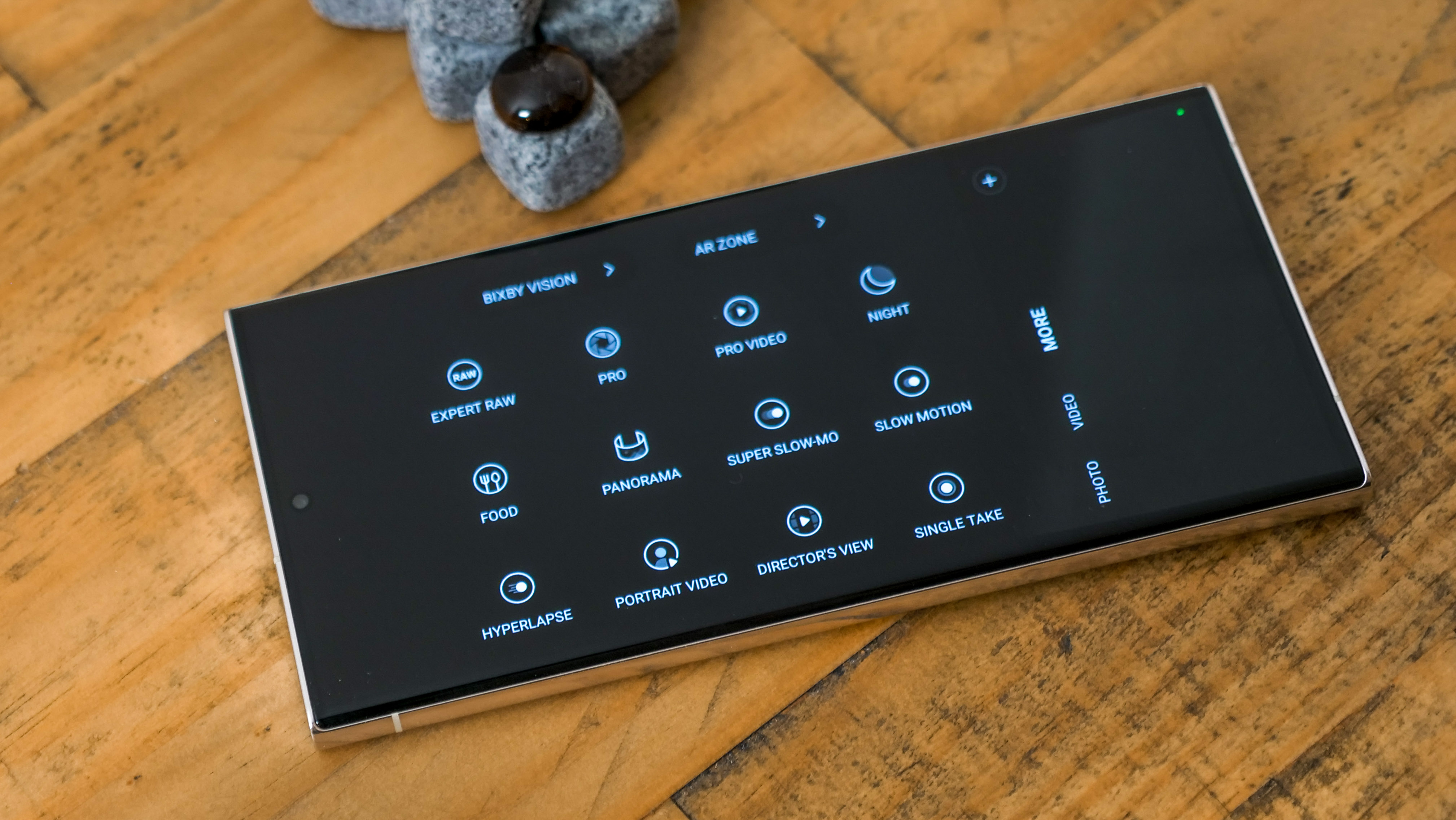
7. Samsung Galaxy S23 Ultra
Our expert review:
Specifications
Reasons to buy
Reasons to avoid
✅ You need to upgrade your current phone: The S23 Ultra isn't necessarily worth buying just for slow-motion, but a great upgrade to an aging device.
✅ You like a big phone: The S23's expansive 6.8-inch screen displays slow-mo content and games beautifully, but it dwarfs small hands.
❌ You want the latest model: The S24 Ultra flagship model has surpassed the S23 Ultra.
❌ You prefer iPhones: The S23 is great for those familiar with Android OS. For Apple users, the iPhone 15 Pro Max is a top alternative.

If you’re looking for a new smartphone that allows you to shoot dedicated slow motion content and share it straightaway, the Samsung Galaxy S23 Ultra is a great choice. It isn't the company’s latest release (as it’s 2024 we’re into the Galaxy 24 Ultra lineup) but standout camera specs include a 200MP wide-angle lens and a 10MP telephoto with 10x zoom.
There are heaps of camera modes, including Slow motion and Super Slow-mo mode, offering a maximum of 960fps in 1080p, which is up from 240fps on the S22 Ultra. But Samsung’s Expert Raw app is the biggest draw for serious photographers, allowing you to save files in JPEGs or DNGs for easy editing. Our reviewer said that the S23 Ultra was like having two camera phones in one – the automatic camera packed with contrast and saturation, and the pro mode that lets you dial up exposure levels with manual settings. You can even connect it to a Bluetooth microphone for external audio recording.
Design-wise, the S23 Ultra is lovely to look at, and I’m saying that as a long-term iPhone fan. It does a great job avoiding fingerprint marks, while the pop-out S Pen lives in the base. The 6.8-inch AMOLED screen is spacious for editing and watching content, or even playing games, making this the most versatile product in the guide. With IP68 water and dust resistance, nothing is missing regarding durability. It’s Samsung’s top-of-the-range smartphone, but it is big and expensive. The S23 Ultra is the perfect choice for Android users wanting to film slow motion content without shelling out for a dedicated video camera. If you need a new smartphone and don’t mind its size, the S23 Ultra will take you from day to night with excellent results.
Best 360-degree slow motion camera
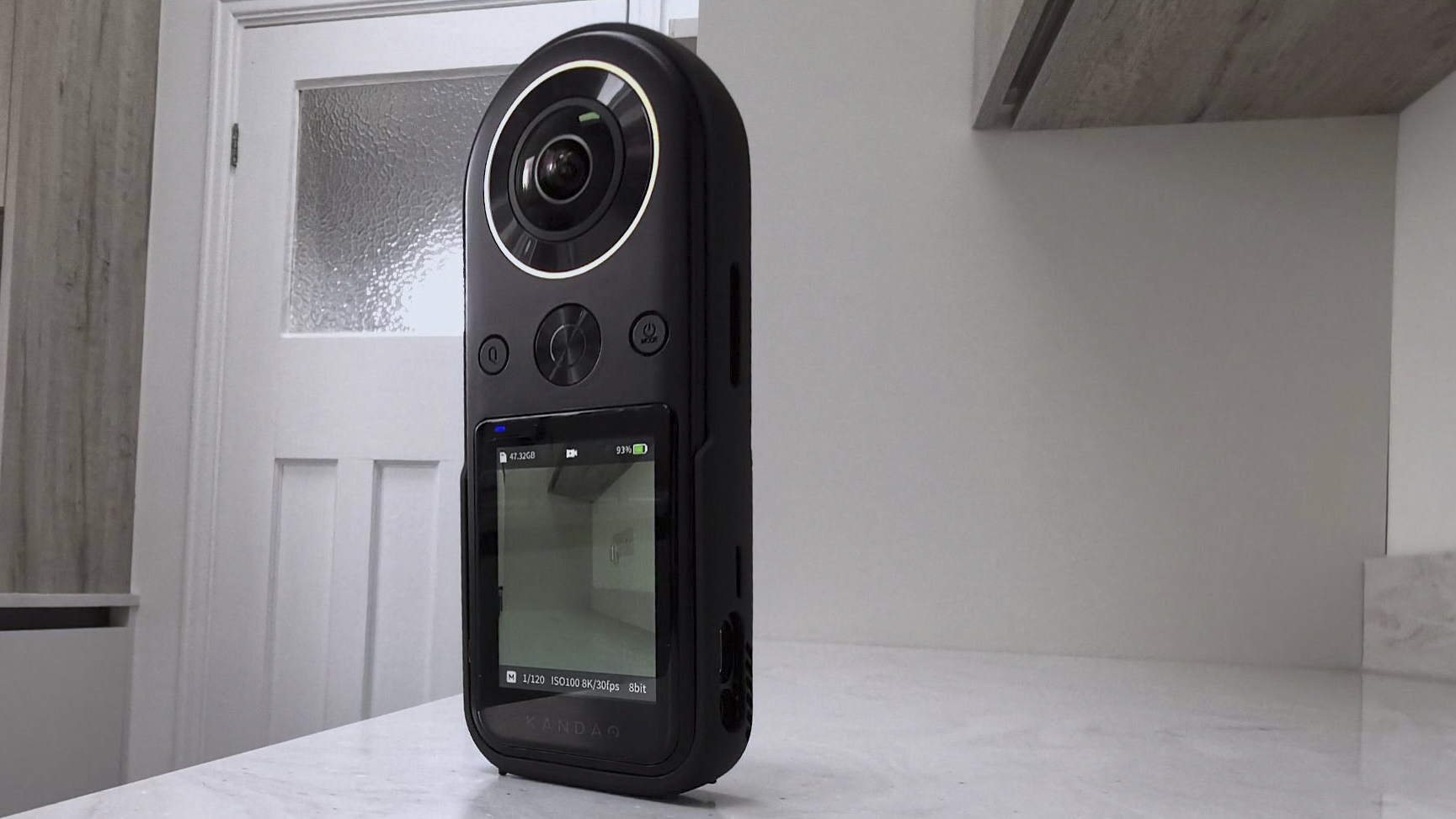
8. Kandao QooCam 8K
Our expert review:
Specifications
Reasons to buy
Reasons to avoid
✅ You're after unique views: The only 360-degree camera on this list, the Kandao gives you immersive footage and panoramic photos.
✅ Money is no object: You could get a full-frame mirrorless with 4K 120fps for the same price, so you'll have to really want the 360 capabilities.
❌ You want a durable build: Without waterproofing as standard, the Kandao is susceptible to damage in wet environments.
❌ You want all-day battery life: The short battery life means you'll need to recharge or carry spares for extended use.
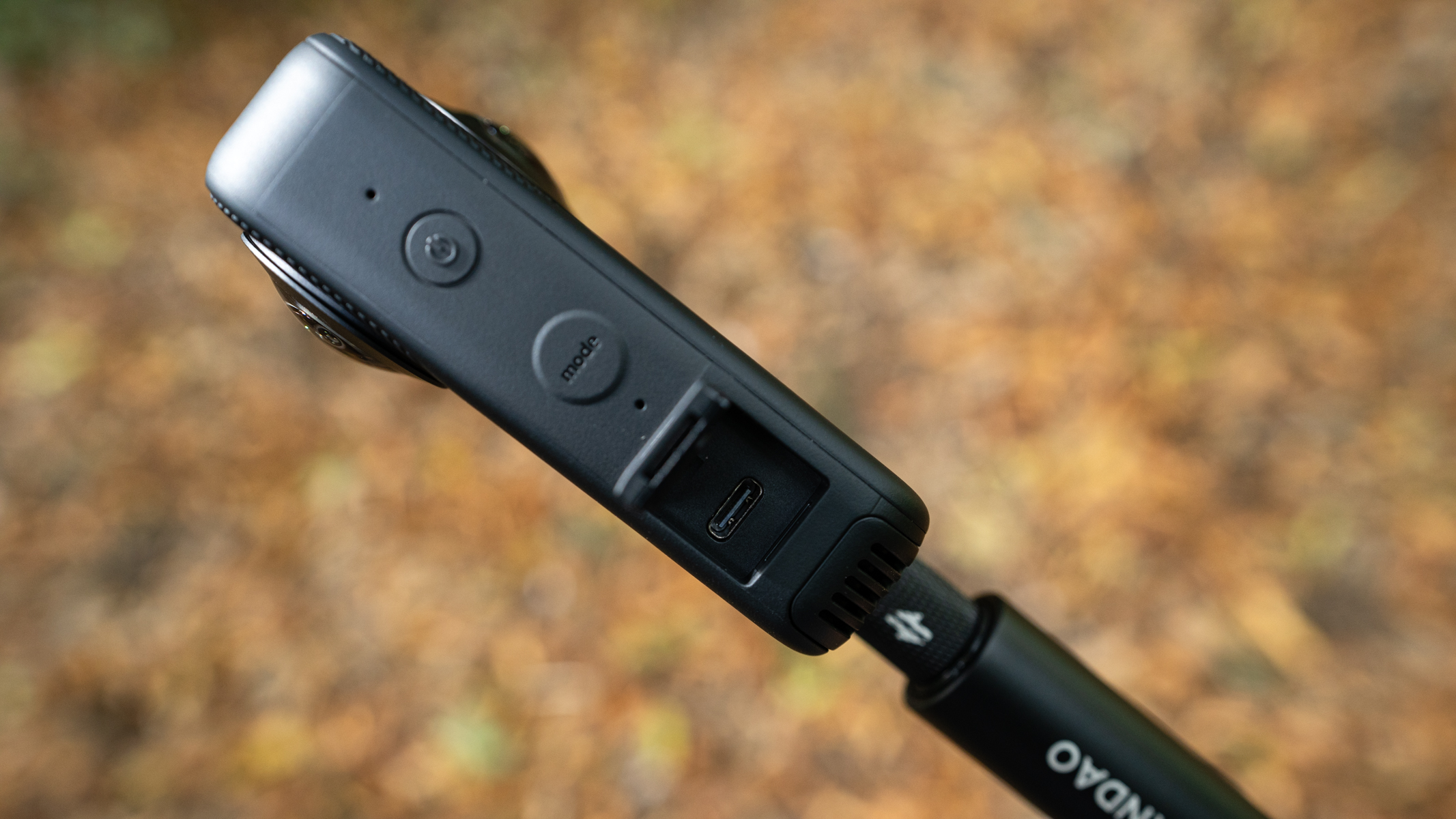
I’ve added the Kandao QooCam 8K to suit a niche, that niche being 360-degree footage in slow motion for creative filmmakers. I think it’s a camera you’ll want to use for supplementary footage rather than as your main workhorse. This small handheld camera is packed with two fisheye lenses that work together to create a wraparound panoramic image and this gives you an interesting and unique perspective on the world.
The Kandao QooCam 8K is capable of recording at a maximum of 8K, and you also get slow-mo in 4K at up to 120fps, which our reviewer found to be excellent. “When it comes to the quality of its photos and videos, the QooCam 8K is peerless in the 360º market. Photos have plenty of color and contrast like nothing we’ve seen before from a camera like this.” You can also use AI Slow Motion to boost capabilities to 1200fps, although this gives mixed results. You can also capture everything and make editing choices later, with an 8K ExpressEdit mode allowing clips to be handled on a phone without having a meltdown.
Despite being marketed for adventure – think skateboarding, skiing, and surfing trips – this 360-degree camera isn’t waterproof, which immediately puts it behind the GoPro lineup for rugged applications. What it does offer is a vibrant 2.4-inch touchscreen and 4K 360-degree live streaming. There’s also a 6-axis gyro to stabilize movement and capture smooth footage, It’s also incredibly expensive, coming in at more than the Panasonic GH6 with a lens. This unique camera won’t have widespread appeal to a huge number of users, but if you’re looking to inject some special shots into your commercial footage and have the budget to play with, it’s worth looking into.
Read our full Kandao QooCam 8K review
How to choose the best slow motion camera
When choosing the best slow-motion camera, it's important to think about your specific needs. Will it be your primary camera, with slow-motion just one of its features, or are you focusing solely on creative slow-motion footage? Do you need a camera that also captures great stills and allows you to swap lenses, or will it be video-only?
For professional work, a large sensor camera like the Sony A7S III offers superior image quality and low-light performance. However, full-frame models tend to be pricier. Determine the frame rate you'll need: while all the cameras listed here support 120fps, higher frame rates like 240fps provide smoother playback and are better for capturing fast-moving subjects. Some cameras go as high as 960fps, though this often sacrifices resolution or autofocus.
Think about size, form factor, and how well the camera works with accessories like lenses and external monitors. Compact options like the GoPro Hero 11 Black fit easily into a pocket and offer multiple mounts for action shots, whether you're running, skiing, or even walking your dog. Meanwhile, pro-level models like the Panasonic GH6 are better suited for use with a gimbal or tripod, offering interchangeable lenses for added versatility.
What counts as slow motion?
The maximum frame rates vary from camera to camera, but as a rule of thumb, the higher the better. You get some degree of slow motion at 60fps, but I’d recommend 120fps or 240fps to retain detail with incredibly fast-moving subjects.
How do super slow motion cameras work?
Slow motion cameras record footage at incredibly high frame rates, giving you potentially hundreds of frames per second that, when played back at standard frame rates like 24 or 30fps, appear slowed down.
What fps is best for slow-motion?
The ideal frames per second (fps) for your project depends on the effect you’re aiming for and the type of subjects you're capturing. Cameras typically record slow-motion footage in increments of 60, such as 60fps, 120fps, and 240fps, with some reaching up to 960fps using AI or computational photography.
In my experience, 60fps offers subtle slow motion, adding a sense of movement without losing detail. 120fps provides smoother footage, while 240fps is ideal for fast-paced action, offering greater clarity in the slow-motion shots. Keep in mind that the higher the frame rate, the more storage space and processing power you’ll need to handle the footage.
How we test the best slow motion cameras
The best slow motion cameras aren’t one type or format but include action cameras, mirrorless cameras, and smartphones. That means it can be hard to compare them like for like, but we’ll test them in controlled lab conditions where possible alongside extensive hands-on testing to see how they perform in real-world scenarios.
For entries like the Samsung Galaxy S23 Ultra with dedicated slow-mo modes, we’ll test these out on fast-moving subjects and see how fine detail is captured. You don’t generally buy a camera just for slow-mo, so we also test how each camera performs for general use over several days or weeks in various environments.
Our expert reviewers consider how the camera handles, whether its design helps you to compose shots and pick settings effectively, and whether they found any obvious limitations that stop the camera from fulfilling its intended purpose.
We’ll combine their findings with our in-house lab tests measuring resolution, dynamic range, and signal-to-noise ratio. Resolution is measured using ISO resolution charts, dynamic range is measured using DxO Analyzer test equipment and DxO Analyzer is used for noise analysis across the camera's ISO range.
Find out more about how we test and review at Digital Camera World.
Get the Digital Camera World Newsletter
The best camera deals, reviews, product advice, and unmissable photography news, direct to your inbox!

Lauren is a writer, reviewer, and photographer with ten years of experience in the camera industry. She's the former Managing Editor of Digital Camera World, and previously served as Editor of Digital Photographer magazine, Technique editor for PhotoPlus: The Canon Magazine, and Deputy Editor of our sister publication, Digital Camera Magazine. An experienced journalist and freelance photographer, Lauren also has bylines at Tech Radar, Space.com, Canon Europe, PCGamesN, T3, Stuff, and British Airways' in-flight magazine. When she's not testing gear for DCW, she's probably in the kitchen testing yet another new curry recipe or walking in the Cotswolds with her Flat-coated Retriever.
